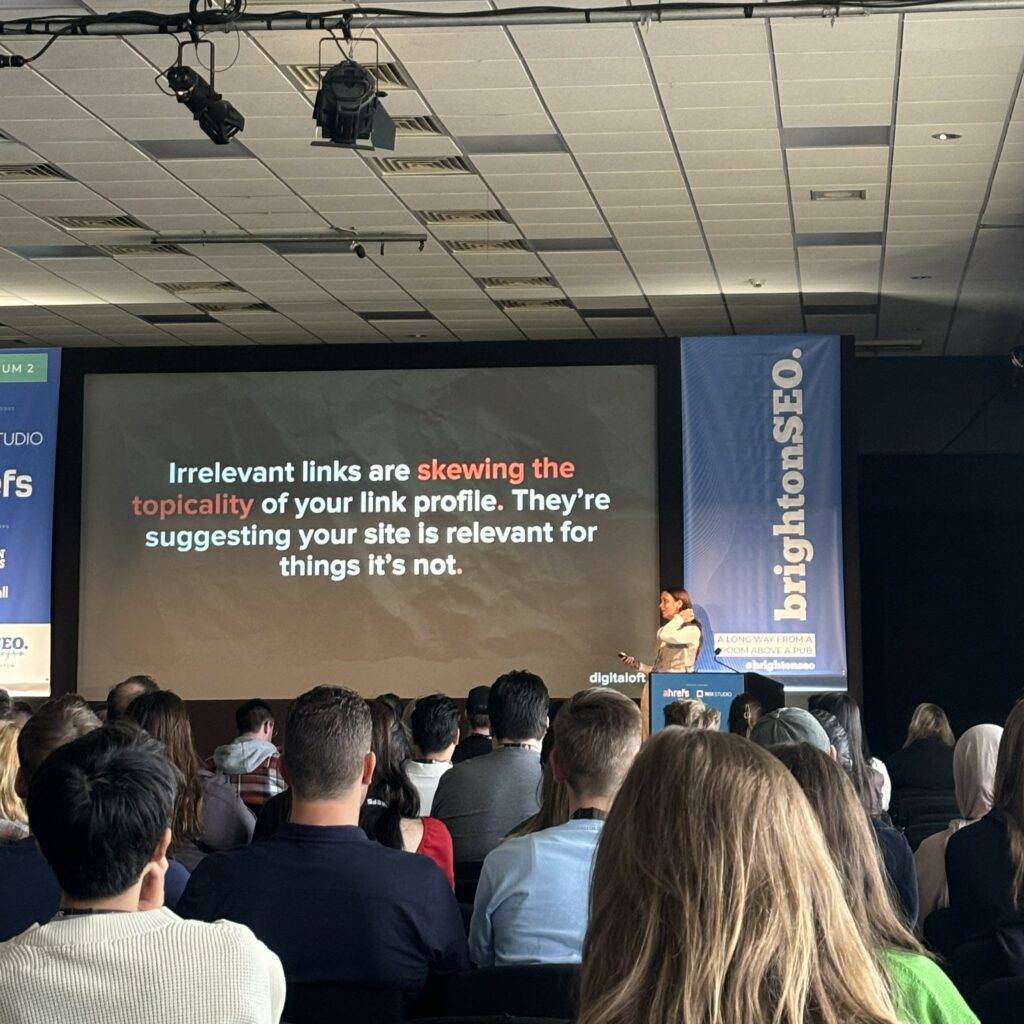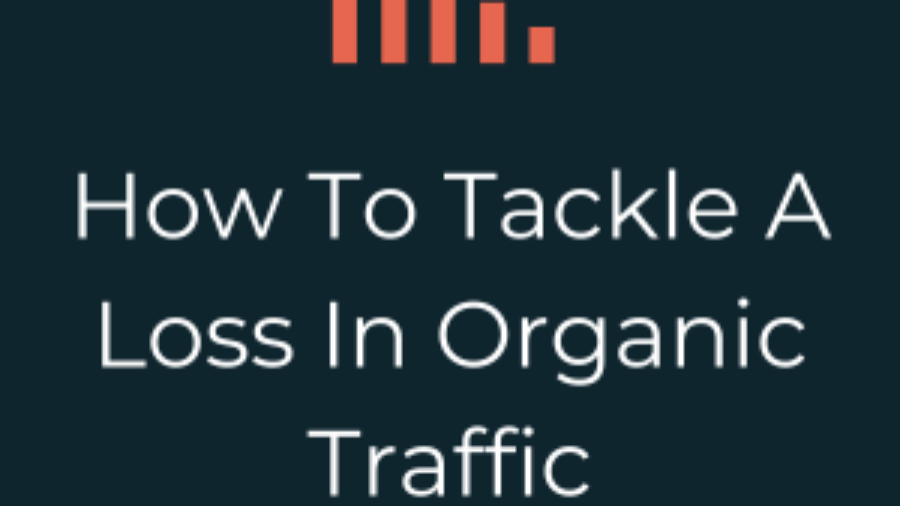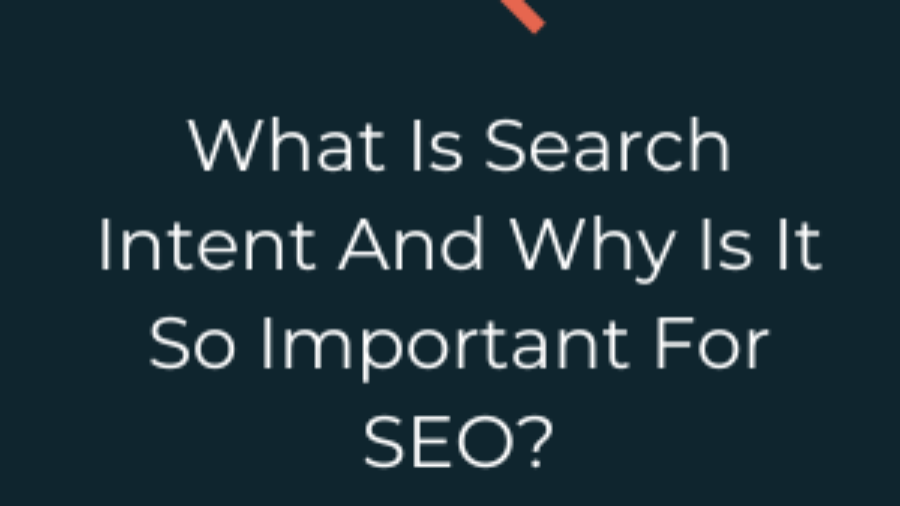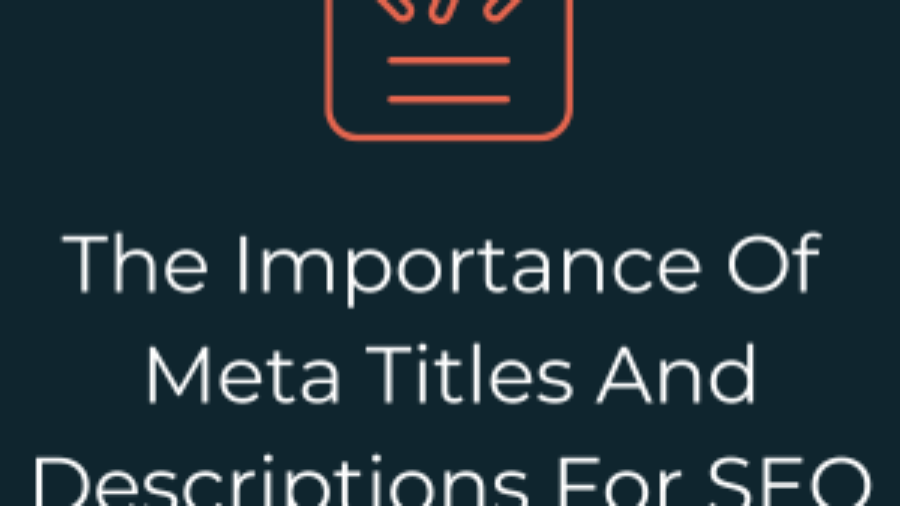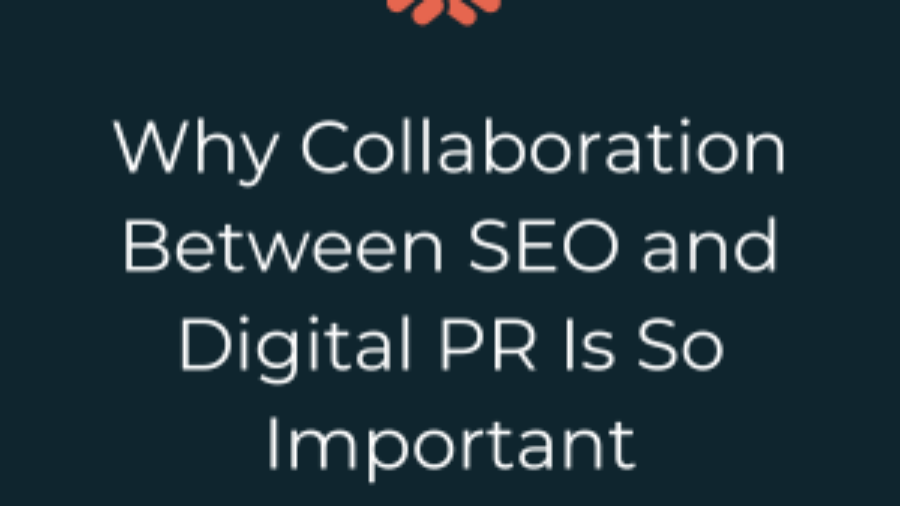SEO has changed; long gone are the days of keyword stuffing working like magic, now search engines prioritise content that actually understands what people are looking for. Context is key, and a comprehensive, thorough understanding of topics will get you noticed by Google. In other words, SEO really is a matter of semantics these days.
But what does this all mean in practice for us SEOs and content writers? Maybe you’re aware of the notion ‘semantic SEO’ but don’t have a clue how to action it. I have good news for you, this blog will cover exactly that – practical tips and pointers to get you optimising your site with semantic SEO in mind. We’ll begin by giving you a quick dummy’s guide to semantic SEO, before explaining why it’s quite so important to increase your conversions and lastly, providing you with our practical guidance on how to do it.
Who’s this blog useful for? If you’re struggling to get your small business noticed online, writing blogs but failing to rank on page 1, or simply want to increase your company’s conversions, you won’t want to skip out on semantic SEO.
However, we know that time is of the essence, and if you don’t have a whole five minutes to listen to us rant about semantics, here are the key takeaways in advance:
🌐Post ‘Hummingbird’, ‘RankBrain’ and the Helpful Content Update, Google is prioritising understanding what users are really searching for. Your content needs to anticipate their questions and address a topic comprehensively.
🌐Create high quality, long, in-depth content that gives the user everything they’re after. This will keep them and Google happy, reducing your bounce rate and improving conversion rates.
🌐Don’t be afraid to enlist the help of tools like Salient to assess content relevance, or Answer The Public to accurately discover what users are asking.
What is Semantic SEO?
Semantic SEO, in a nutshell, is the practice of optimising content for meaning, not just keywords. As SEOs, it’s about adjusting our process a bit, considering what users are searching for, and thinking about the overall context of a page. It’s a smarter and more comprehensive approach that goes deeper to ensure that Google understands our content and that it meets user intent.
Now I’m not here to give you a full lecture on search engine history, but there are a handful of developments to be aware of that might just help clarify semantic SEO.
➡️In 2013, the ‘hummingbird algorithm’ was launched, changing the way Google worked. It was a major deal, ushering in an era of prioritising user experience and actually understanding the meaning behind search queries. No longer was Google only looking for keywords, now it was also understanding the relationships between words.
➡️Then, 2015 saw another major leap with the introduction of RankBrain, a machine learning model that could analyse vast amounts of search and user behaviour data. Like Hummingbird, it was looking to understand the intent behind what they type into the search bar.
➡️The last update relevant to semantic search is BERT, arriving in October 2019 and using a new machine to better understand the relationship between words.
➡️So, fast forward to today, Google is in its prime of understanding queries. With the rise of Siri and voice search, the algorithm now delivers pages of relevant results from just a couple of idiomatic words said into a phone. And when it’s scanning our sites, it’s specifically looking for content that addresses a topic comprehensively. In response, our content needs to match the algorithms’ human-like understanding of meaning – foreseeing and answering all the related questions people will have.
What’s in it for you (and your business)?
We get it, this might all seem like a bit of a faff, and chucking a few keywords into your blog is far less complicated. But, we promise that it pays to put the time and effort into semantic SEO. Here’s why:
✅The biggest advantage of focusing on semantic SEO is that it’s a proven way to rank in the search results! From the algorithm history you just endured, it should be clear that drumming down on this semantic approach gets you in Google’s good books.
✅Not only will you rank high, but you’ll end up ranking high for more keywords. By covering a topic in-depth, you naturally weave in related keywords, making your content show up for lots more searches, and therefore reaching a wider audience of potential buyers.
✅Semantic SEO is also the secret to the coveted ‘People Also Ask’ spots at the top of the SERPs. With a semantic strategy, you’re anticipating user questions by covering all angles of a certain topic. This hugely increases your chances of appearing in those answer snippets.
✅Once the users have found your page, you want them to stay. And yes, you guessed it, semantic SEO also works in your favour here. Content that tackles a topic comprehensively keeps users engaged, so you’ll see a lower bounce rate. Consider this, if you’re answering every question they have and providing everything they need, they won’t be bothered about clicking off to go elsewhere.
✅Plus, this also sends positive quality signals to Google. With the recent Helpful Content Updates, Google knows if your content is helpful and you can’t trick the system I’m afraid. By focusing on semantics, you show Google that our content is not only relevant to the search query but also informative, engaging and worthy of those top positions.
✅But techy waffle aside, all this matters because increased user traffic, and lower bounce rate leads to… (drumroll please) conversions and sales! And that’s what you’re all ultimately after, right?
How to actually do semantic SEO
You work in marketing so I can already tell that you love your actionable takeaways – do not worry, the next section will be painfully practical. Let’s crack on with what your SEO team should be tackling day to day to tick the semantic boxes.
- Work on understanding user intent
Not to be dramatic but if you don’t understand your target audience’s search intent, you might as well throw in the towel now. Google prioritises addressing user intent as closely as possible so, essentially, you need to become a mind reader. Put yourself in their shoes, picture your target audience, what do they wear, what do they eat for breakfast. Seriously though, what problems are they trying to solve and what questions might they have after reading your content.
Let’s say you’re targeting the keyword ‘how to grow tomatoes’ for your greenhouse business. Not only will they be searching this question and similar semantically-related terms, but also:
~Ideal planting conditions for tomatoes.
~Tips on watering and fertilizing tomato plants.
~Common tomato plant pests and diseases, and how to control them.
~Information on harvesting and storing homegrown tomatoes.
~Recipes that use fresh tomatoes.
You need to provide content tackling all of these areas of the topic, or the user will simply click off and find the answers elsewhere!
- Create high-quality, in-depth content
Semantic SEO means creating in-depth, detailed and complex content. I hate to break it to you, but a 500 word, blog post is just not going to cut it. You’re likely going to need a couple thousand words to cover the topic comprehensively. I promise it’s not as scary as it sounds – begin with a substantial brief to ensure you’re addressing every angle, and to get a digestible structure planned. It might even be worth hitting up ChatGPT for some help here (gasp), just to help you spot anything you’ve missed. But please leave the actual writing to the humans in your team, quality trumps quantity and a long but AI-generated blog post is not going to do you any favours.
- What you should and should’t be including in this content
Focus on creating comprehensive content that incorporates related terms naturally but don’t sweat worrying about every long-tail variation. With Semantic Search, the algorithms recognise connections between similar long-tail keywords (like ‘how to tell when tomatoes are ripe’ and ‘are my tomatoes ready to be picked’). Google gets that these terms fall under the same topic.
Prioritise in-depth content that meets users’ needs and don’t forget to answer those People Also Ask questions. According to a study of 2.5 million search queries, this feature now shows up for almost half of all search queries, and this is often above position 1!
- Schema
Schema, also known as structured data markup, acts like a translator, providing Google with a better understanding of your content. With schema, you’re essentially labelling the different elements to make it easier for search engines to understand the context. This could include things like ‘brand name’, ‘location’, ‘price’.
It paints a clear picture for search engines; semantic SEO focuses on the meaning behind the words on your page, but search engines still rely on code to interpret information. Schema bridges this gap by providing a structured way to communicate the meaning of your content.
Tools to help you out with Semantic SEO
There are a number of tools out there that come in handy with semantic SEO. Here are our tried and tested top 3:
This tool measures the relevance of your content for certain target keywords, using a technology that replicates search engine algorithms, to show you what they’re likely to be picking up. It analyses the use of synonyms, related terms, and concepts within your content to assess if it comprehensively addresses the topic. Plus, the text comparison tool lets you see how edits impact your content’s relevance score. So, instead of relying on what you ‘think’ might work, this tool is your best bet to get a realistic idea of how relevant your content is.
Answer The Public compiles data from search engines to show you the most searched questions around your topic or keyword, usefully grouped into categories like ‘prepositions’ and ‘comparisons’. This is great for semantic SEO because it lays the user’s intent out plain to see, allowing you to tailor your content to directly answer their questions and provide the most informative page for them. It will also help with showing you long-tail, less competitive keywords and by incorporating these, you can reach users who might be using different phrasing but have the same intent.
Similar to Answer The Public, Also Asked pulls together data directly from Google searches to show you themost asked questions around a topic – all presented in an easily digestible mind-map format. Understanding your audience’s issues and questions is essential not only for semantic SEO, but for any successful marketing strategy – you won’t regret giving this tool a go.
So there we have it, your ultimate guide to semantic SEO that should leave you prepped and ready to create comprehensive, contextual, and converting content. Google won’t know what’s hit it.
Cedarwood Digital is an award-winning SEO agency with a proven track record of boosting online traffic and conversions for both small companies and large corporations. Want to leave it to the pros? We don’t blame you – drop us a line at [email protected].







